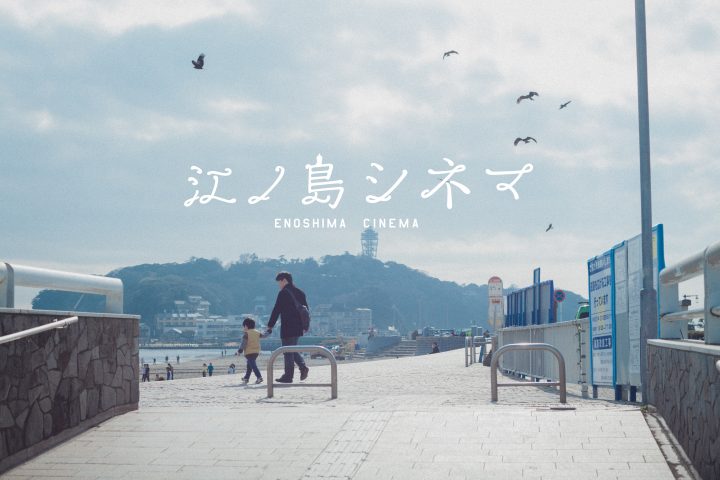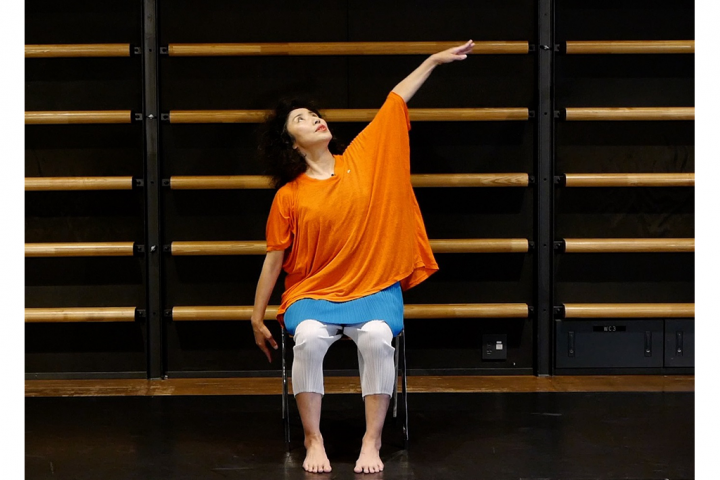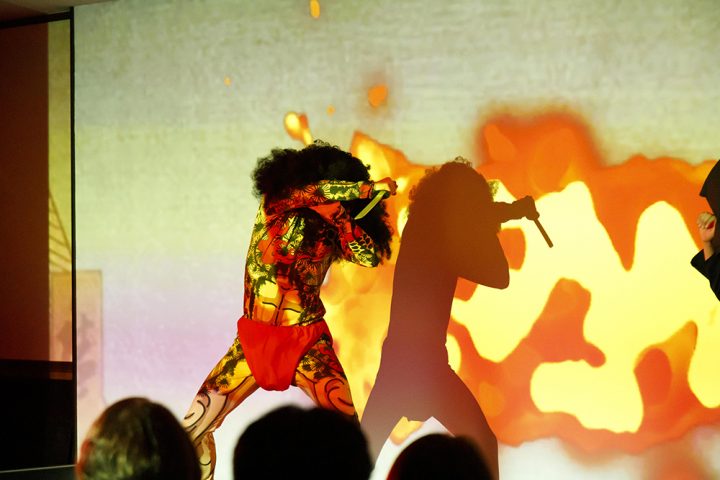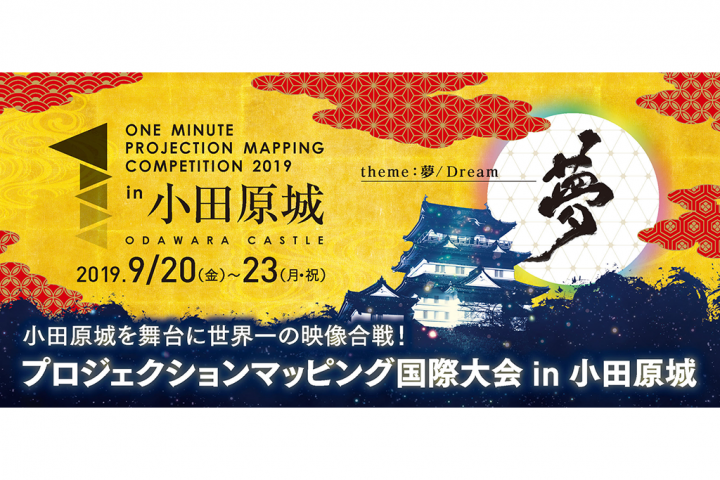Active collaboration with literary comics! Inspire young generations to become interested in literature - Kanagawa Museum of Modern Literature
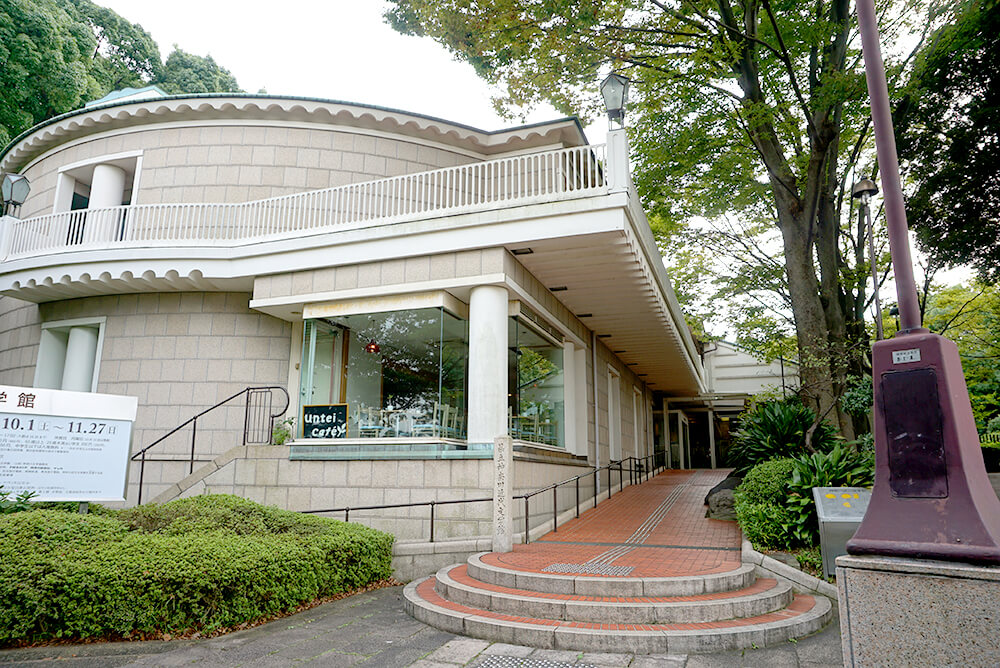
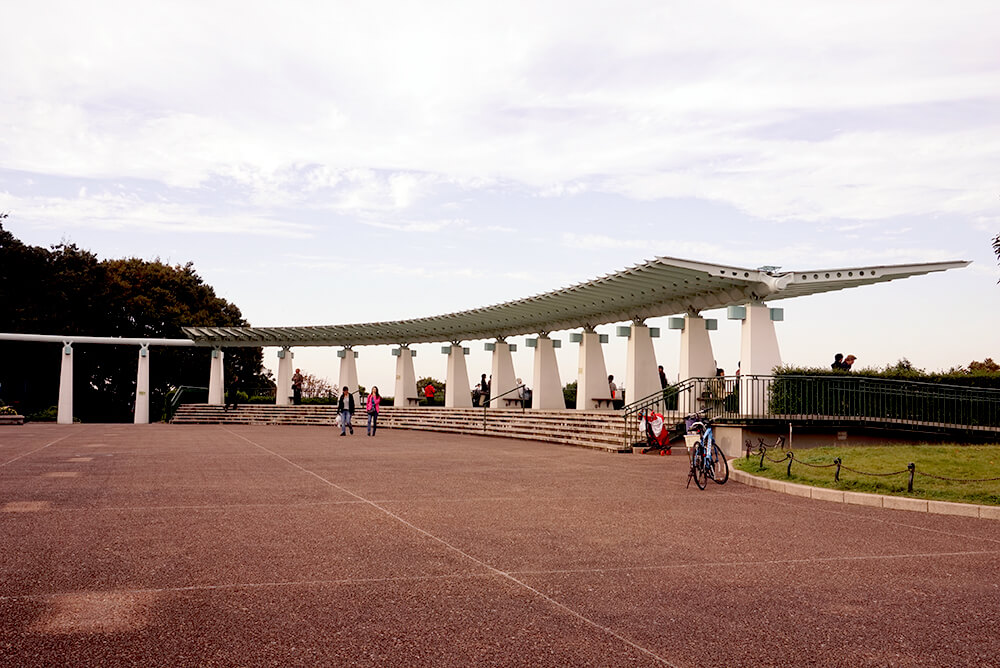
The Kanagawa Museum of Modern Literature is located in a section of Minato Mirai Park.
–On the way to the Kanagawa Museum of Modern Literature, we passed through Minato Mirai Park. The scenery was beautiful, and there were many trees on this side of the bridge, making it a quiet and wonderful location.
First of all, please tell us what kind of facility the Kanagawa Museum of Modern Literature is.
Handa: The Museum of Modern Literature opened in 1984, and is now in its 32nd year. It is a museum that preserves and exhibits materials related to writers and literary works with ties to Kanagawa Prefecture, but it is also a library specializing in modern Japanese literature, and an event hall where lectures and other events are held.
The permanent exhibition, titled "Scenery and Literature of Kanagawa," displays manuscripts and materials from five regions of Kanagawa Prefecture, including Yokohama/Kawasaki, Kamakura, Miura/Shonan, and Odawara, as well as those of writers with close ties to the area, such as Nakajima Atsushi, Mishima Yukio, Akutagawa Ryunosuke, Kitahara Hakushu, and Natsume Soseki.
–There are many towns in Kanagawa that are associated with famous literary figures.
Handa: Yes. The works are displayed in a realistic style, combining photographs of the town's seasonal scenery.
There is also an exhibit that recreates Natsume Soseki's study. A drama about Natsume Soseki and his wife was aired on NHK this fall (Saturday drama "Natsume Soseki's Wife"), and the production staff came to see it to get inspiration for the drama set.
The special autumn exhibition, "Shotaro Yasuoka Exhibition -- From 'I' to 'History,'" is currently being held until Sunday, November 27th.
–What kind of special exhibitions have you had so far? Which exhibition was the most popular?
Handa: As expected, exhibitions of famous authors are popular. In recent years, there was the Nakahara Chuya exhibition in 2013, the Dazai Osamu exhibition in 2014, and last year there was the Tanizaki Junichiro exhibition and the Sano Yoko exhibition of "The Cat That Lived a Million Times."
The Natsume Soseki exhibition held this spring (special exhibition "Encountering Natsume Soseki 100 Years Later" March 26th (Sat) - May 22nd (Sun)) was well received, with many visitors coming to the museum.
About the ongoing "Shotaro Yasuoka Exhibition - From 'I' to 'History'"
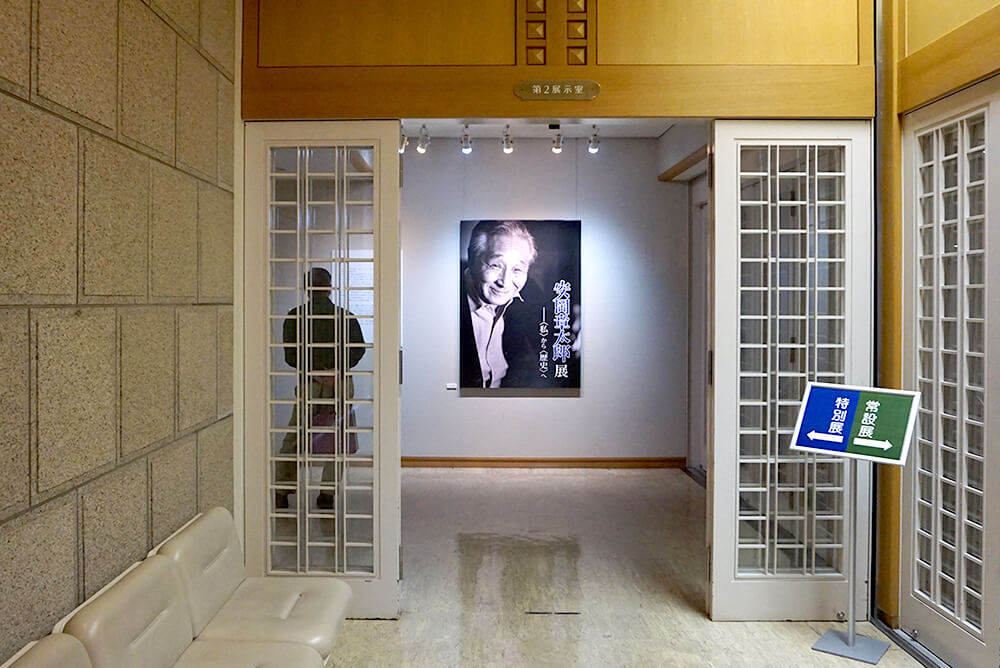
The Shotaro Yasuoka exhibition is currently being held as a special exhibition.
–Could you tell us about the “Shotaro Yasuoka Exhibition” currently being held?
Handa: Yes, this is the first exhibition to comprehensively trace the life and literature of Akutagawa Prize-winning author Shotaro Yasuoka (1920-2013).
Yasuoka Shotaro was born in Kochi Prefecture, and during his childhood he moved to different places frequently due to his father's work, which resulted in him being a so-called "school dropout." Although he was able to go on to university, his grades and behavior were poor.
Then, when World War II began, he was drafted at the age of 24, but he contracted tuberculosis while on the battlefield and was deported.
- (Looking at the exhibit) But then it says that his unit was wiped out on Leyte Island. He must have been very lucky. Maybe the atmosphere at the time made it hard to say so.
Handa: He passed away at the age of 93, which was a long life.
However, his house in Tokyo was burned down in an air raid, and he continued to struggle with illness for some time after the war. It was during this time that he began writing novels, and his works, which portrayed himself as a "poor student" and "sloth," attracted the attention of the public. His humorous essays were also popular, but in later years he also wrote historical novels set in the late Edo period, as his paternal ancestors were patriots of the Tosa clan.
–He was a man who was active in a wide range of fields for a long time. The exhibit includes not only manuscripts but also many letters, so it seems he was a prolific writer. There are also many photographs, so was photography a hobby of his?
Handa: During the 1964 Tokyo Olympics, I was invited by film director Kon Ichikawa to become part of the film crew for the movie "Tokyo Olympiad."
–Wow! Your photography skills go beyond just a hobby.
By the way, since he is from Kochi Prefecture, there are also materials from the end of the Edo period on display, such as picture scrolls, family trees, and old letters.
Handa: The story of the ancestor of the Yasuoka family, who was a local samurai of the Tosa domain during the late Edo period, is depicted in a full-length novel called "Ryuritan." It is a historical novel about an ancestor named "Yasuoka Kasuke," who belonged to the Tosa Kinno Party, aspired to revere the Emperor and expel the barbarians, and was involved in the assassination of Yoshida Toyo. It is also a work that Yasuoka wrote about his own roots.
- Tosa Kinno Party! So your ancestors were active in Tosa during the same period as "Sakamoto Ryoma" and "Takechi Hanpeita."
I had never read any of Shotaro Yasuoka's works before, but I became very interested in them after seeing the exhibition here. Opportunities like this are important.
Handa: Yes. At the Literature Museum, we are always thinking about how to create opportunities for people to come into contact with literature and become interested in it. For example, the writer Haruki Murakami contributed an essay to the catalogue for this special exhibition.
Murakami said he was deeply influenced by Yasuoka's writing style, and kindly agreed to share his writing with us.
As we are now exhibiting these writings by Haruki Murakami, we have been able to attract many Haruki fans to the museum.
"Bungo Stray Dogs" A Literary Approach to the Young Generation
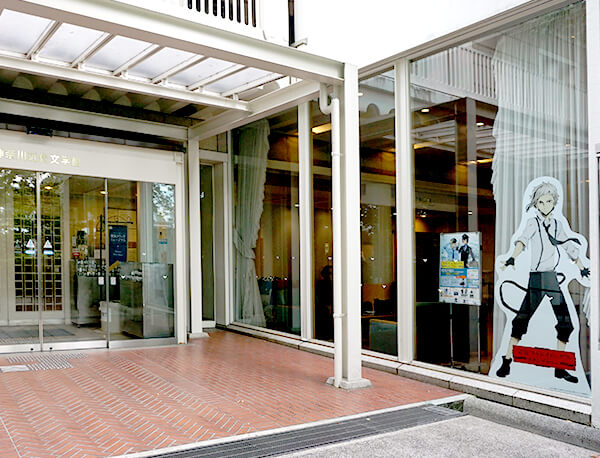
The protagonist of the work, Atsushi Nakajima, was on display next to the main entrance.
–By the way, when I entered the museum today, my eye was drawn to a large illustrated panel at the entrance. What is that?
Handa: There is a manga and anime called "Bungo Stray Dogs" that is currently very popular among the younger generation, and in October a stamp rally event was held in collaboration with Yokohama city and Kadokawa Corporation (held from October 1st to 31st *The Literature Museum is closed on the 31st and Mondays).
Our hotel is one of the points in the stamp rally, so many fans came to visit.
–Why is this a rally point?
Handa: In "Bungo Stray Dogs," the characters have the same names as real-life famous authors, and the main character's name is Nakajima Atsushi, who is famous for "Sangetsuki." Nakajima was once a teacher at a girls' school in Yamate, so he is a writer with deep ties to Yokohama.
Our museum houses the Nakajima Atsushi Library, which houses nearly 4,700 of Nakajima's manuscripts and related materials.
So now the stamp of the main character, Atsushi Nakajima, is available at our museum. This is the third time we've held a stamp rally, and it's been very popular with young fans.
So for all the fans who came to the museum, we set up a corner where they could write message books to deliver to the editors of the magazines that published the works and the authors themselves after the event is over, and it has become so popular that there are long queues on weekends to write these books.
Many people have commented that this book inspired them to start reading works by Nakajima Atsushi, Dazai Osamu, and Akutagawa Ryunosuke.
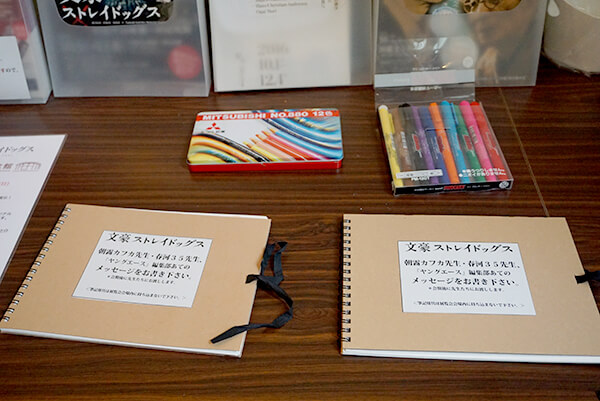
A message book filled with passionate thoughts about the work
- (Showing me the book) I'm glad to hear that you've come to love literature! There are lots of illustrations, and they're all really good!
Handa: When I read the book, I was impressed by how even elementary and junior high school students can write kanji so well. They don't just stamp their cards and move on, but they also look around the permanent and special exhibitions. I'm very happy that manga and anime are helping to expand the base of people who love literature.
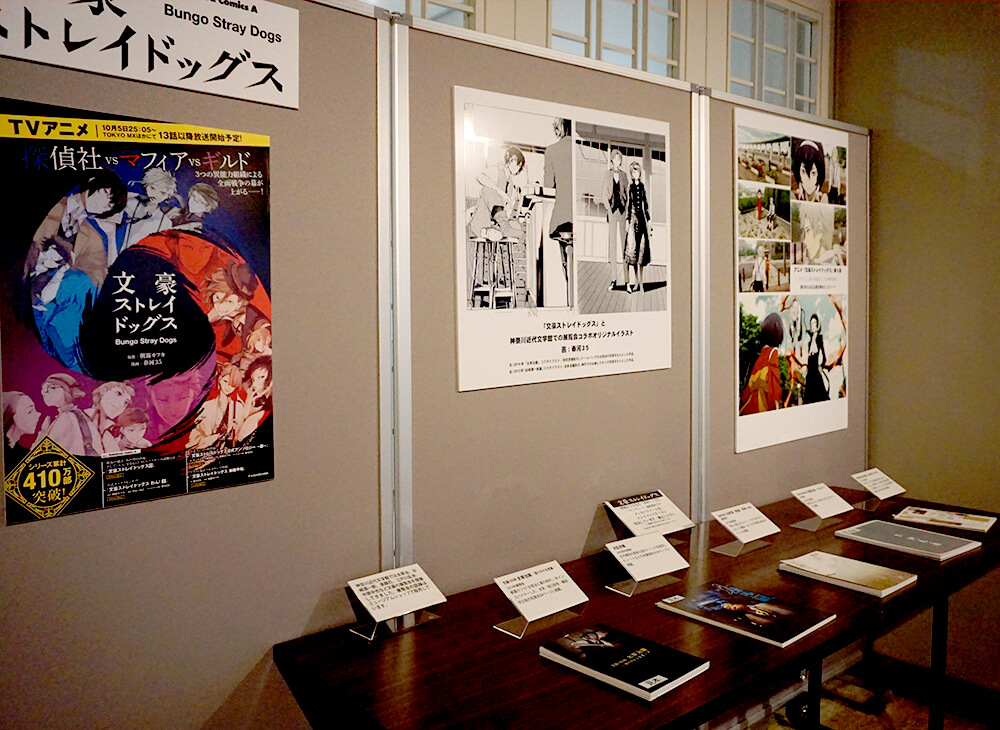
During the stamp rally, the Museum of Modern Literature and Bungo Stray Dogs collaborative artwork was on display.
–Since the story is set in Yokohama, I hope you will also enjoy the “pilgrimage” (visiting the places where the work is set), which is popular among anime fans.
Handa: Yes, that's right. There are many scenes that appear in the works around the Museum of Modern Literature.
It has been said for a long time that young people are turning away from reading, but we would like to continue to come up with projects that will pique interest and give people a little push into the world of literature, so that more people can enrich their lives through the power of literature.
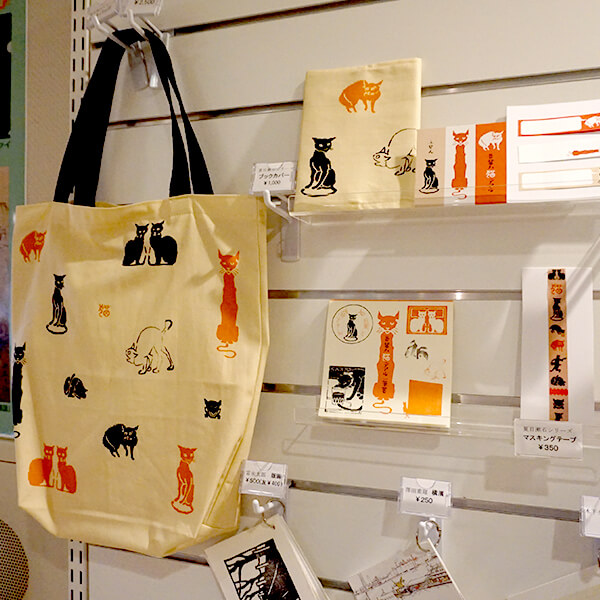
We are also focusing on planning museum goods.
Handa: In addition to exhibitions, we also carry out various outreach activities such as lectures, book readings, and lifelong learning support activities.
The materials in our collection can be used free of charge in the reading room on the first floor of the main building (they are not available for loan). There are many valuable literary materials that are difficult to obtain, so we hope you will make use of them for a wide range of purposes, including research and study.
The Kanagawa Museum of Modern Literature is about a 10-minute walk from Motomachi-Chukagai Station. Please feel free to come and enjoy the scenery of Yokohama's port, the streets of Yamate lined with Western-style buildings, and the gardens of Minato-no-Mieru-Oka Park as you stroll along the way.
- Address: 110 Yamate-cho, Naka-ku, Yokohama, Kanagawa Prefecture
- Phone number: 045-622-6666
- Closed: Mondays (open on public holidays), exhibition change periods, New Year holidays
- Opening hours: 9:30am - 5:00pm
*The reading room is open until 6:30 p.m. on weekdays (5:00 p.m. on weekends and holidays). - Closed: Mondays (open on public holidays), the last weekday of each month, and February 1st to 10th.
- Period: Saturday, October 1st to Sunday, November 27th, 2016 (Closed on Mondays) (Open on October 10th)
- Opening hours: 9:30am - 5:00pm (entry until 4:30pm)
- Venue: Kanagawa Museum of Modern Literature, Exhibition Rooms 2 and 3
- Admission fee: Adults 600 yen (400 yen), 65 years old and over/under 20 years old and students 300 yen (200 yen), high school students 100 yen, junior high school students and younger free
- *Prices in parentheses are for groups of 20 or more.
- * Free for those with a physical disability certificate, a medical education certificate, or a mental health and welfare certificate (please contact us for details).
- *Free admission upon presentation of a Great East Japan Earthquake disaster certificate or disaster victim certificate.
A popular comic written by Asagiri Kafka and illustrated by Harukawa 35, with book sales exceeding 4.1 million copies.
Set in Yokohama, this is a battle action manga in which characters modeled after real-life literary figures such as Nakajima Atsushi and Dazai Osamu fight using supernatural powers. It is currently being developed in various media mixes, including novels and anime adaptations.
